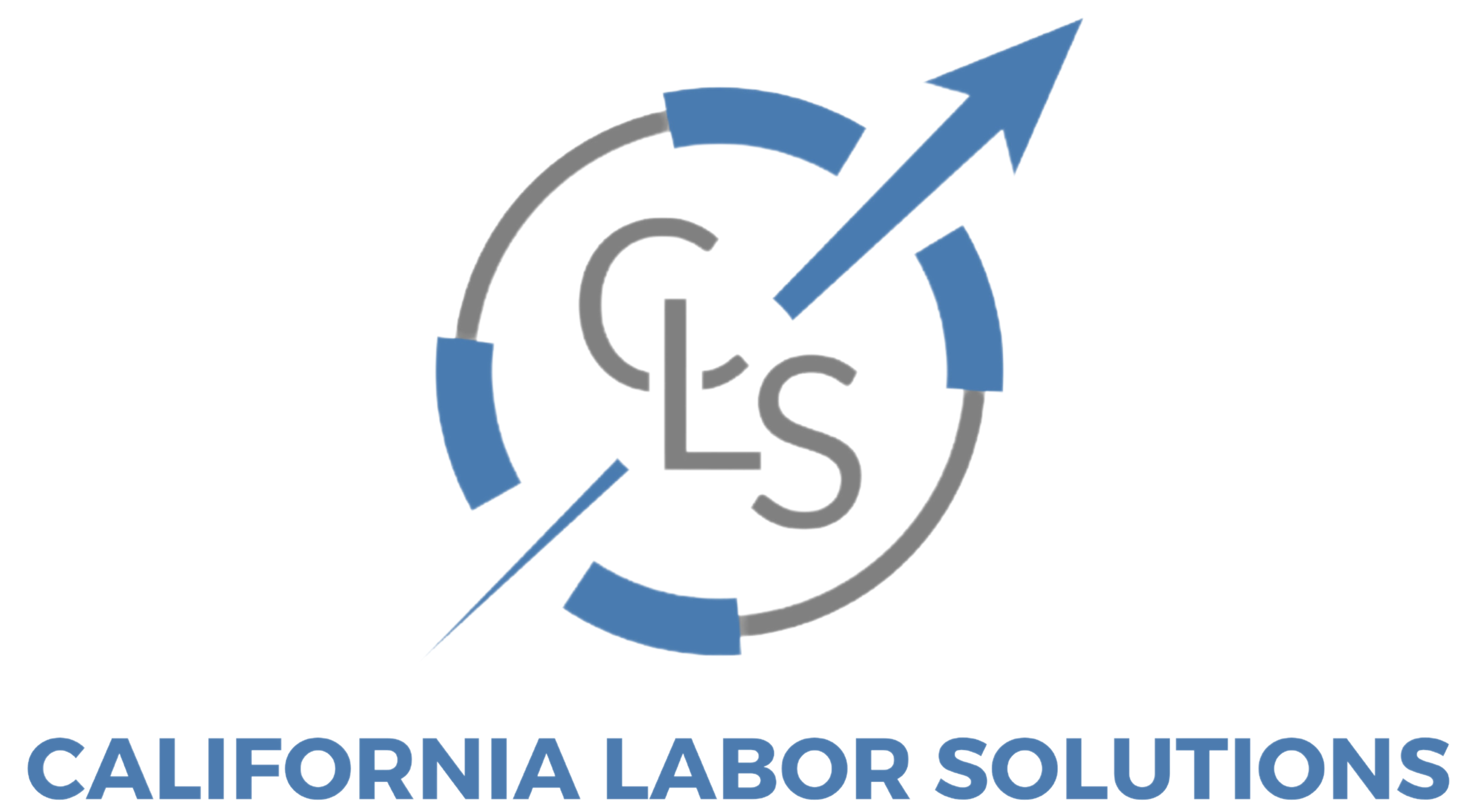For some California employers, handling workplace investigations is challenging due to their HR representatives’ lack of sufficient expertise to conduct thorough, prompt, and impartial employee complaint investigations.
In California, organizations must follow a detailed, step-by-step process to guarantee legally compliant investigations that reduce legal risks for the employer. Therefore, in this article, we will include the four basic steps an employer must follow when presented with an employee complaint that relates to harassment.
First step: the employer selects an impartial, experienced, and California-licensed investigator.

After receiving an employee complaint of harassment in the workplace, the employer is legally obligated to investigate.
Whether an experienced manager, organizational compliance officer, or HR representative who, ideally, has completed training on conducting harassment investigations, or an external California-licensed third party, the investigator must be free of any biases and focused on reaching factual findings.
Additionally, the investigator must approach the investigation process with a commitment to impartiality and thoroughness.
Second step: the investigator conducts relevant witness interviews and gathers relevant evidence.

During the investigation process, the investigator speaks with the complainant (if known), relevant witnesses, and the accused. Interview questions should be impartial, unbiased, open-ended, and prepared in advance; the questions should not lead an interviewee to a particular response or be accusatory in nature.
The investigator also gathers all relevant documentation, emails, photographs or images, videos, and other pieces of evidence.
Third step: the investigator reaches a factual finding, and the employer decides on the appropriate disciplinary actions, if any.

Once all interviews are completed and the relevant evidence is gathered, the investigator reaches a factual finding. If there has been a violation of the harassment or any other policy in the Employee Handbook of the organization, the employer determines what appropriate disciplinary actions must be taken; what qualifies as appropriate will depend on the severity of the behavior.
The employer should file a summary of the findings in the accused’s employee file. Additionally, the accused should be reminded that any retaliatory behavior against the complainant(s) is unacceptable and prohibited.
Fourth step: the employer informs the complainant about the findings.

The employer should communicate with the complainant (and other relevant parties who need to know) what the findings of the investigation were. Although the specific disciplinary actions taken, if any, are not necessarily shared with the complainant, it is essential for the employee who filed the complaint to be ensured that the organization took appropriate steps to address the situation and prevent future.
Additionally, the employer should remind the complainant that any type of retaliation will not be tolerated and encourage them to report any potential backlash experienced as a result of their complaint.
Why choose California Labor Solutions?
California Labor Solutions (CLS) is one of the only HR firms licensed* to conduct workplace investigations in California. We serve private businesses and public-sector organizations throughout the state. We have conducted hundreds of neutral, impartial, objective, and unbiased workplace investigations for employee complaints relating to allegations of discrimination, harassment, retaliation, and various types of employee misconduct with the utmost quality, detail, and efficiency.
*California Private Investigator License Number 26311.
Disclaimer:
Please note that the updates, advisories, and regulations we receive from the promulgating agency often contain ambiguities and/or are often amended, modified, or updated. This material/article/email does not contain any legal advice. The information and opinions expressed herein are based on our reasonable interpretation of the issuing agency’s publication at the time the opinion is expressed and is, therefore, subject to change based on further developments. The effect of the opinions expressed may be different based on your particular circumstances, and it is recommended that you not rely upon these general opinions prior to obtaining a consultation with your legal and/or financial advisors.

